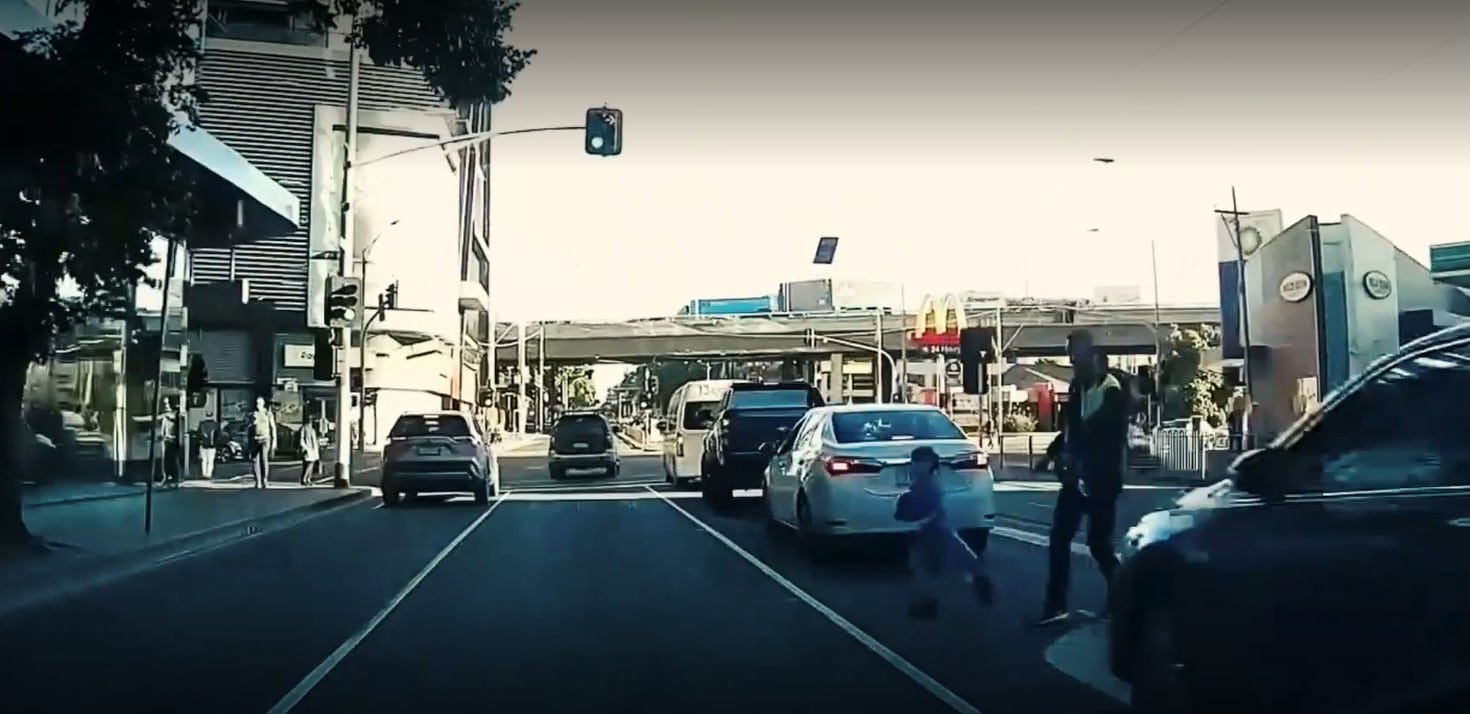Lowering vehicle speeds in urban areas is proven to save lives and reduce serious injuries, but here are some things that might surprise you:
Safer speeds help make healthier communities.
Lower vehicle speeds create a more comfortable environment for pedestrians and cyclists, which in turn encourages more walking and cycling.
Slower speeds are good for the economy.
The World Resources Institute found that streets that are more inviting for walkers and cyclists are more vibrant and economically successful than streets with high volumes of fast-moving vehicles. Benefits include increased property values and higher spending on retail and services, boosting the local economy.
Lower speed limits don’t necessarily make trips longer.
The frequency of intersections is much more influential on travel time than speed limits.
A safer speed limit can achieve more uniform speeds and reduce midblock acceleration, while adding little (if any) to overall journey times.
Lower speeds = less noise
In a 2017 study, Buhlmann and Eger showed that substantial noise reduction can be achieved by reducing the speed limits to 30 km/h

